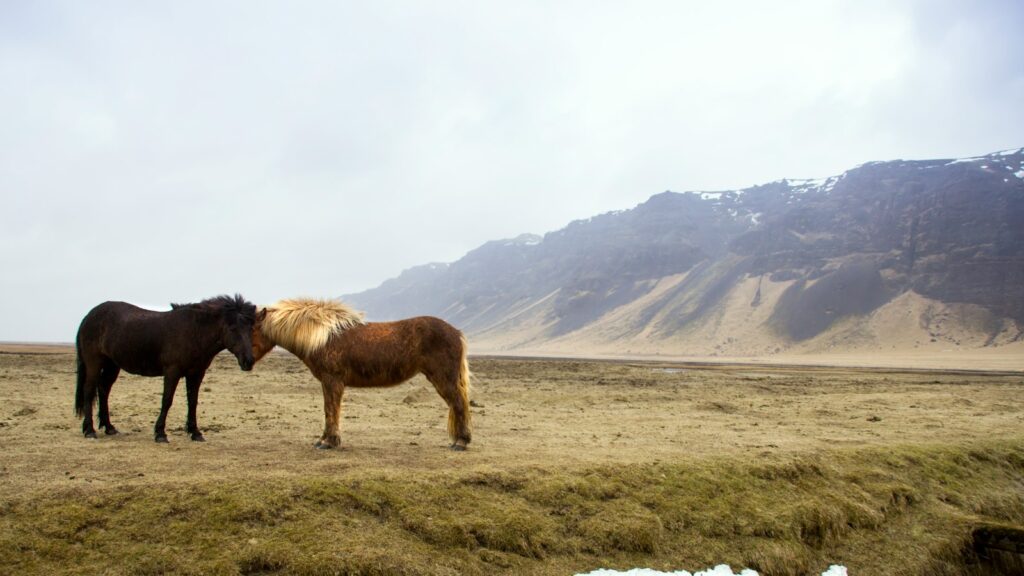The legendary Silk Road, stretching over 4,000 miles across diverse terrains from China to the Mediterranean, was more than just a commercial highway—it was a complex network that facilitated cultural exchange, diplomatic relations, and technological innovation for over 1,500 years. While silk may have been its namesake commodity, the true unsung heroes of this transcontinental enterprise were horses. These magnificent animals transformed trade possibilities, military capabilities, and cultural connections across Eurasia. Without the strength, speed, and stamina of horses, the Silk Road as we know it might never have reached its historical significance. From the prized “heavenly horses” of Ferghana to the humble pack animals that carried goods across deserts and mountains, horses were the living engines that powered one of history’s greatest commercial networks.
The Critical Transportation Role of Horses

Horses served as the primary mode of transportation for merchants, diplomats, and travelers traversing the vast expanses of the Silk Road. Before motorized vehicles, these animals provided the fastest and most reliable means of covering long distances, allowing traders to complete journeys that would have been nearly impossible on foot. A healthy horse could cover between 30-40 miles per day—substantially more than the 15-20 miles humans could manage—which dramatically reduced travel time between trading hubs. The speed advantage horses provided was crucial for perishable goods and time-sensitive communications, allowing trade to flourish between distant civilizations. Beyond individual travel, horses pulled carts and wagons that could transport much heavier loads than human porters, effectively increasing the volume and variety of goods that could be traded.
The Ferghana “Heavenly Horses”

Perhaps no equine breed is more closely associated with the Silk Road than the famed “heavenly horses” from the Ferghana Valley (in modern-day Uzbekistan, Tajikistan, and Kyrgyzstan). These horses gained legendary status when the Chinese Emperor Wu of Han (141-87 BCE) became obsessed with acquiring them after hearing reports of their exceptional speed, strength, and endurance. The emperor even launched military campaigns specifically to obtain these prized animals, believing they were descended from mythical dragon-horses and sweated blood (likely caused by a parasite that created small bleeding spots under their skin). Ferghana horses are larger than most Asian breeds, standing around 15 hands high, with powerful legs adapted for both speed and mountainous terrain. Their value was so immense that they became diplomatic gifts of the highest order, with some historical records suggesting they were worth their weight in gold.
Horses as Valuable Trade Commodities
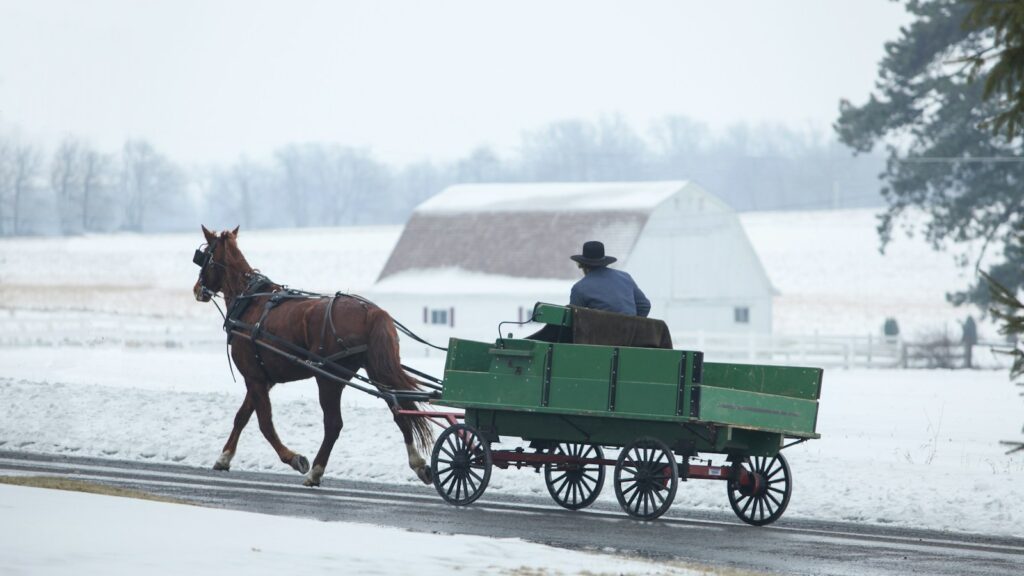
Horses themselves were among the most valuable commodities traded along the Silk Road, with different regions specializing in breeding specific types prized for particular qualities. Arabia became renowned for its desert-adapted horses with exceptional endurance and heat tolerance, which commanded premium prices throughout the Mediterranean and Middle East. Central Asian steppes produced sturdy, cold-resistant mounts that could survive harsh winters and carry heavy loads across challenging terrain. Chinese documents record horse prices equivalent to several years’ salary for common workers, indicating their tremendous economic importance. The horse trade was so significant that specialized markets developed in cities like Bukhara and Samarkand, where professional horse traders evaluated bloodlines, assessed physical attributes, and negotiated prices for these valuable animals.
The Importance of Horse Breeding Knowledge
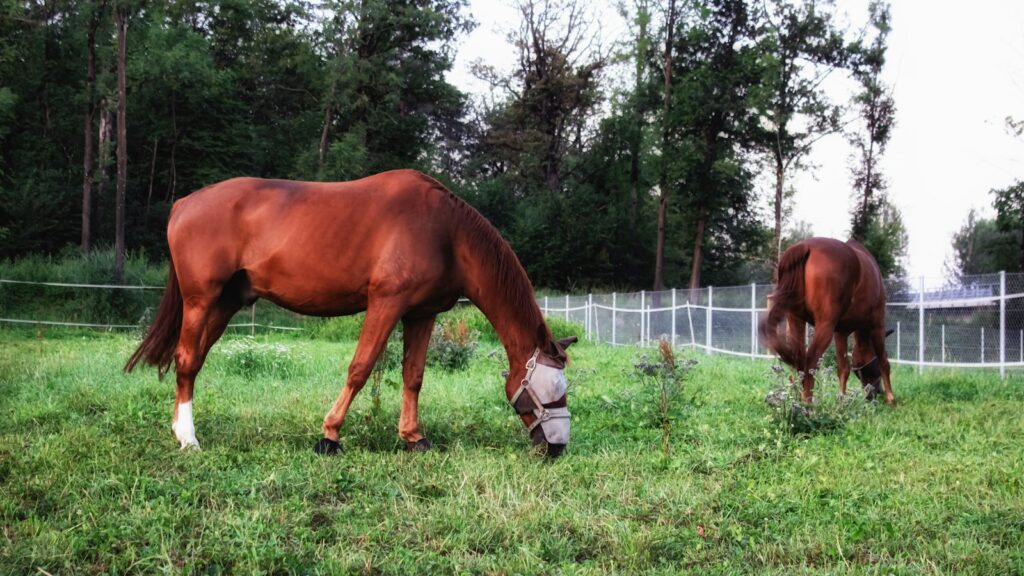
The exchange of horse breeding expertise became an important secondary trade along the Silk Road, as techniques and bloodlines were shared between civilizations. Chinese imperial records document the establishment of specialized breeding programs after acquiring Central Asian stock, with careful attention to maintaining desirable traits through selective breeding. Arabian horse breeders have developed sophisticated systems for tracking lineages, with some bloodlines traced back dozens of generations through oral traditions later committed to writing. Specialized knowledge about feeding regimens, training methods, and medical treatments for horses traveled alongside the animals themselves, constituting a valuable intellectual exchange. This shared knowledge improved horse quality throughout Eurasia, as different cultures adopted and adapted breeding practices from their trading partners, resulting in stronger, faster, and more specialized equine populations.
Horses and Military Power on the Silk Road

Control of horse populations directly translated to military advantage along the Silk Road, with horse-mounted armies dominating the region’s conflicts for centuries. The Mongol Empire, which controlled most of the Silk Road during its height, built its military success largely on superior horsemanship and breeding programs that produced mounts capable of covering 100 miles per day during campaigns. Chinese dynasties invested enormous resources in acquiring and breeding war horses, recognizing that their northern borders could only be defended against nomadic tribes with comparable cavalry forces. Persian and later Ottoman empires maintained specialized cavalry units with distinctive training and equipment, requiring constant supplies of quality horses. The strategic importance of horses was so great that some kingdoms implemented export bans on breeding stock, treating them as military resources rather than simple trade goods.
Horse Tack and Equipment Development

The Silk Road facilitated the spread of crucial innovations in horse equipment that revolutionized riding, warfare, and trade transportation. Perhaps the most significant was the spread of the stirrup, which originated in China around the 4th century CE and gradually moved westward, reaching Europe by the 8th century and transforming mounted combat by allowing riders to stand in the saddle while fighting. Improved saddle designs spread in multiple directions, with the rigid-frame saddle enabling riders to remain mounted during combat, and specialized pack saddles designed to distribute heavy loads without injuring the animal’s back. Bridle and bit designs were exchanged and refined across cultures, with different styles suited to various riding techniques and horse training methodologies. Decorative elements of horse tack—including elaborate headgear, saddle cloths, and metal ornaments—became distinctive cultural markers that blended influences from multiple Silk Road civilizations.
Horseback Postal Systems
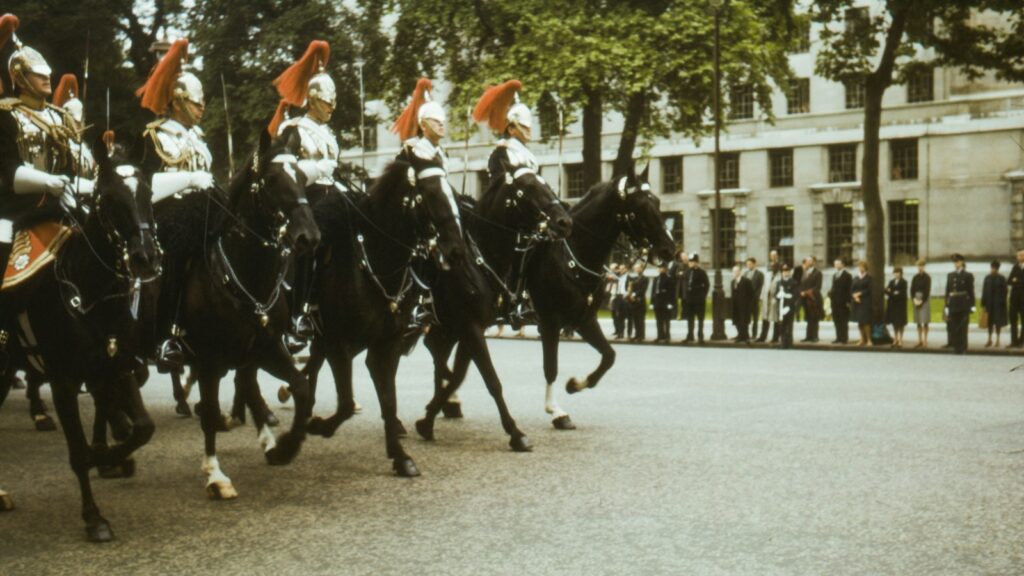
Several empires along the Silk Road developed sophisticated horseback courier systems that facilitated both government communications and commercial information exchange. The most famous was the Mongol Empire’s “Yam” system, which maintained a network of relay stations approximately 25 miles apart, allowing riders to change to fresh horses and deliver messages at unprecedented speeds across vast distances. The Persian Empire’s earlier Angarum system similarly used relay riders to maintain communication across their territories, a model later adopted and expanded by the Romans with their Cursus Publicus. These systems required extensive infrastructure, including stables, fodder stores, and dedicated personnel at each station to care for the horses. The speed of these horseback postal networks was remarkable—historical records suggest urgent messages could travel up to 250 miles per day, allowing information to move ten times faster than regular travelers.
Horse Care Knowledge and Veterinary Exchange
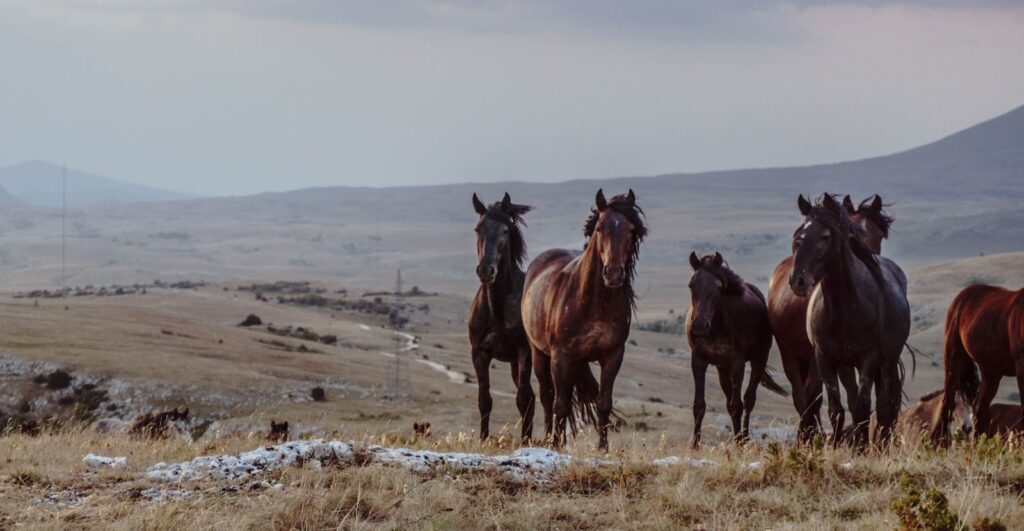
As horses became essential to both trade and military power, specialized veterinary knowledge developed and spread along the Silk Road. Chinese texts from the Han Dynasty period contain detailed descriptions of horse diseases and treatments, including herbal remedies, acupuncture, and surgical procedures specifically for equine patients. Middle Eastern veterinary traditions, particularly from Persia, included advanced understanding of horse nutrition, with specific diet recommendations for animals undertaking desert journeys. Practical knowledge about hoof care, including various styles of horseshoes adapted to different terrains, spread from culture to culture through the movement of blacksmiths and farriers. This veterinary knowledge transfer was crucial for maintaining healthy horse populations in newly established trade centers and military outposts along the Silk Road.
Cultural Impact and Status Symbols

Horses transcended their practical utility to become powerful cultural symbols and status markers throughout Silk Road civilizations. Chinese Tang Dynasty art frequently depicts noble women playing polo, demonstrating how horses became associated with elite leisure activities as well as practical transportation. Persian and later Turkish rulers commissioned elaborate portraits showing themselves on prized mounts, emphasizing the connection between horsemanship and legitimate leadership. Gift-giving protocols between kingdoms often centered around exceptional horses, with diplomatic accounts detailing the exchange of specially selected animals with elaborate trappings. Religious traditions incorporated horses in various ways, from the white horses of Buddhist traditions to the importance of Muhammad’s mount Buraq in Islamic lore, reflecting the animal’s central place in cultural imagination across Eurasia.
Specialized Horse Breeds for Different Terrain
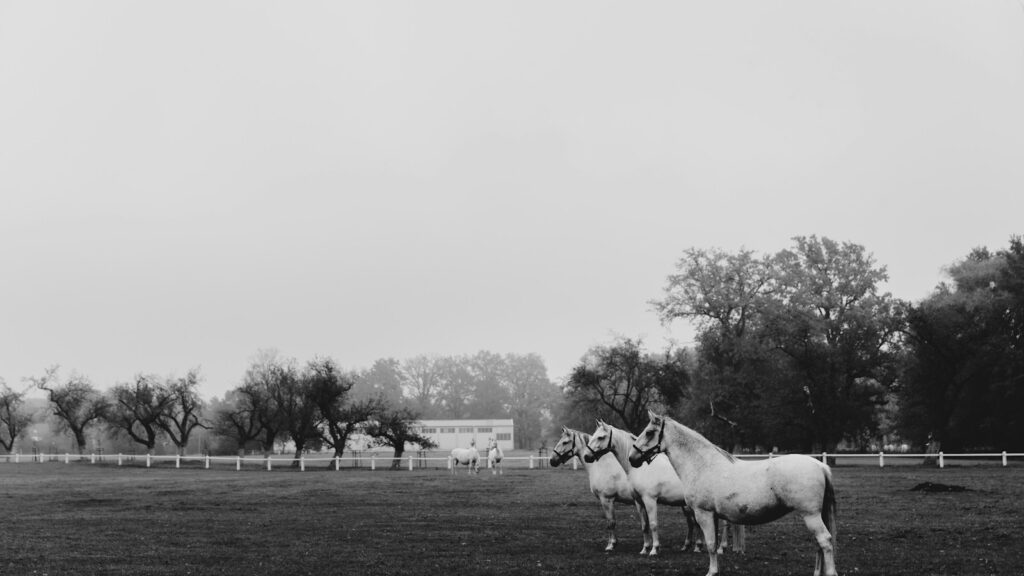
The diverse environments of the Silk Road necessitated different horse types, leading to specialized breeding for specific route segments. Mongolian horses, short-legged and incredibly hardy, could survive extreme temperature fluctuations from -40°F in winter to 86°F in summer, making them ideal for the challenging northern routes. Desert routes through the Middle East required Arabian breeds with efficient water metabolism and heat tolerance, capable of traveling long distances between water sources. Mountain passages through the Himalayas and Tian Shan ranges were traversed by sure-footed breeds like the Tibetan pony, which could navigate narrow paths at high altitudes where other horses would struggle. This regional specialization created distinct trade patterns where horses suitable for upcoming terrain would be purchased or traded for at major hubs along the route.
Horse-Based Nomadic Cultures as Silk Road Intermediaries
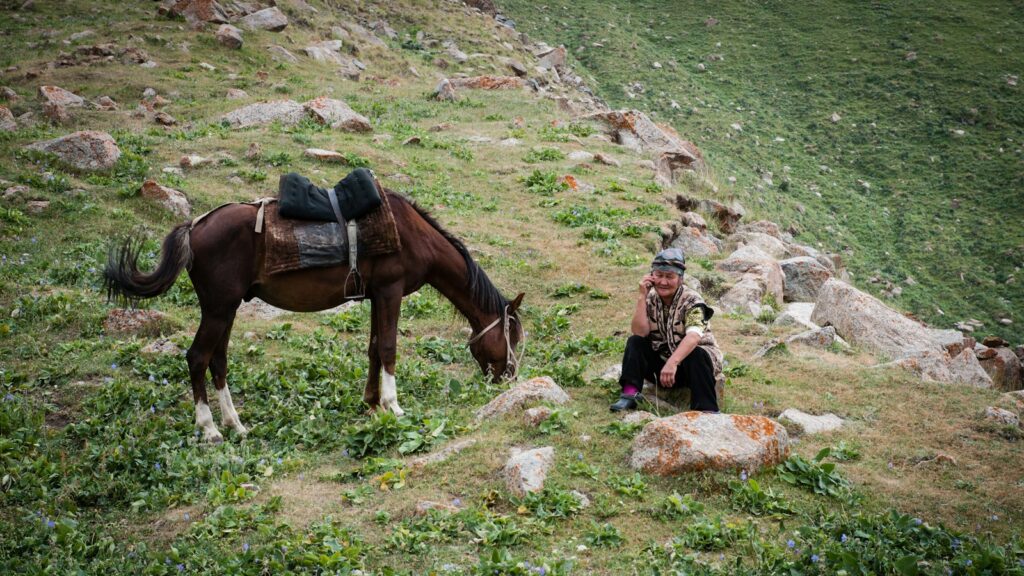
Nomadic horse cultures played a crucial intermediary role in Silk Road trade, often controlling key segments of the routes and either facilitating or disrupting commerce. The Xiongnu, Yuezhi, Scythians, and later Mongol groups lived primarily on horseback, developing cultural traditions and economic systems entirely centered around equine husbandry. These nomadic societies often controlled vast territories with minimal population density, making them essential partners or dangerous obstacles for merchants needing to cross their lands. Many nomadic groups transitioned from periodic raiding to collecting formalized tolls and protection fees, effectively taxing trade that passed through their territories. Their mobility and horse-based military advantage meant that even large empires had to negotiate with rather than simply conquer these groups, giving them disproportionate influence over Silk Road dynamics.
Technological Innovations for Horse Transport

The demands of long-distance horse travel spurred numerous technological innovations that made the Silk Road more efficient and expanded trade possibilities. Improved horse-drawn wagon designs with better suspension systems allowed for the transport of fragile goods like porcelain and glassware that would previously have been damaged during long journeys. Water management systems, including specialized aqueducts and covered cisterns, were developed at regular intervals to ensure reliable horse watering in arid regions. Advances in food preservation techniques allowed for the storage of grain and fodder at supply depots, ensuring horses could be adequately fed even when local pasture was unavailable. Cold-weather equipment, including horse blankets and protective leg wrappings, enabled year-round travel on northern routes that would otherwise have been impassable during winter months.
The Legacy of Silk Road Horse Exchange
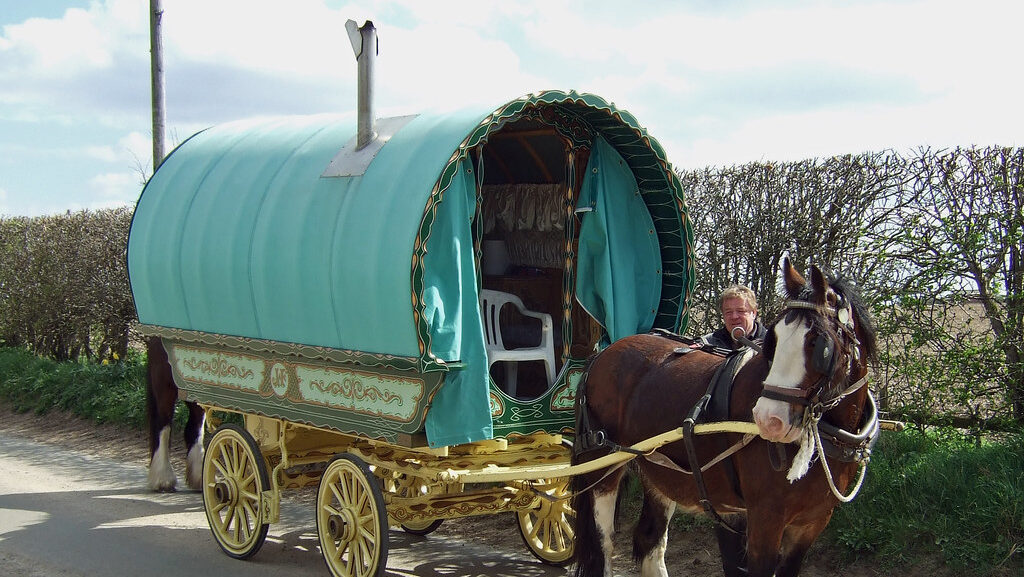
The centuries of horse trading, breeding, and knowledge exchange along the Silk Road created lasting impacts on global equine populations that continue to the present day. Modern genetic studies of horse DNA reveal the complex mixing of bloodlines that occurred during this period, with evidence of Central Asian genetics appearing in European breeds and Middle Eastern influence in Chinese lineages. Practical equipment like the stirrup, various saddle types, and systematic breeding programs spread worldwide through these trade connections, fundamentally changing humanity’s relationship with horses. Horse-related vocabulary in diverse languages reveals the linguistic traces of this exchange, with Arabic, Turkish, and Mongolian terms for various horse colors, gaits, and equipment adopted into many Eurasian languages. The specialized horse breeds that emerged from this period—Arabian, Akhal-Teke, Fergana descendants, and others—remain prized today, living legacies of the Silk Road’s equine heritage.
Conclusion
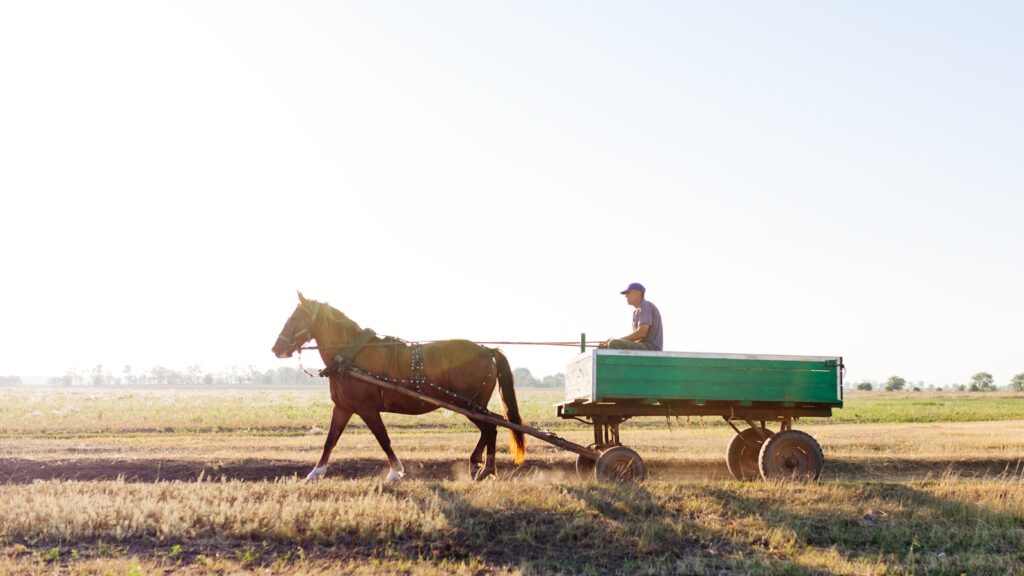
The horses of the Silk Road deserve recognition as essential contributors to one of history’s most significant commercial and cultural networks. Far from mere beasts of burden, these animals shaped military history, facilitated diplomatic exchanges, and enabled the movement of goods and ideas across continents. The specialized knowledge that developed around breeding, training, and caring for horses created its own valuable trade networks that complemented the exchange of physical goods. As we reflect on the Silk Road’s historical significance, we must acknowledge that without the speed, strength, and endurance of horses, this transcontinental connection might never have achieved its profound impact on human civilization. The hoofprints of these remarkable animals can still be traced across the historical, cultural, and genetic landscape of Eurasia—a testament to the enduring partnership between humans and horses that helped shape our interconnected world.

